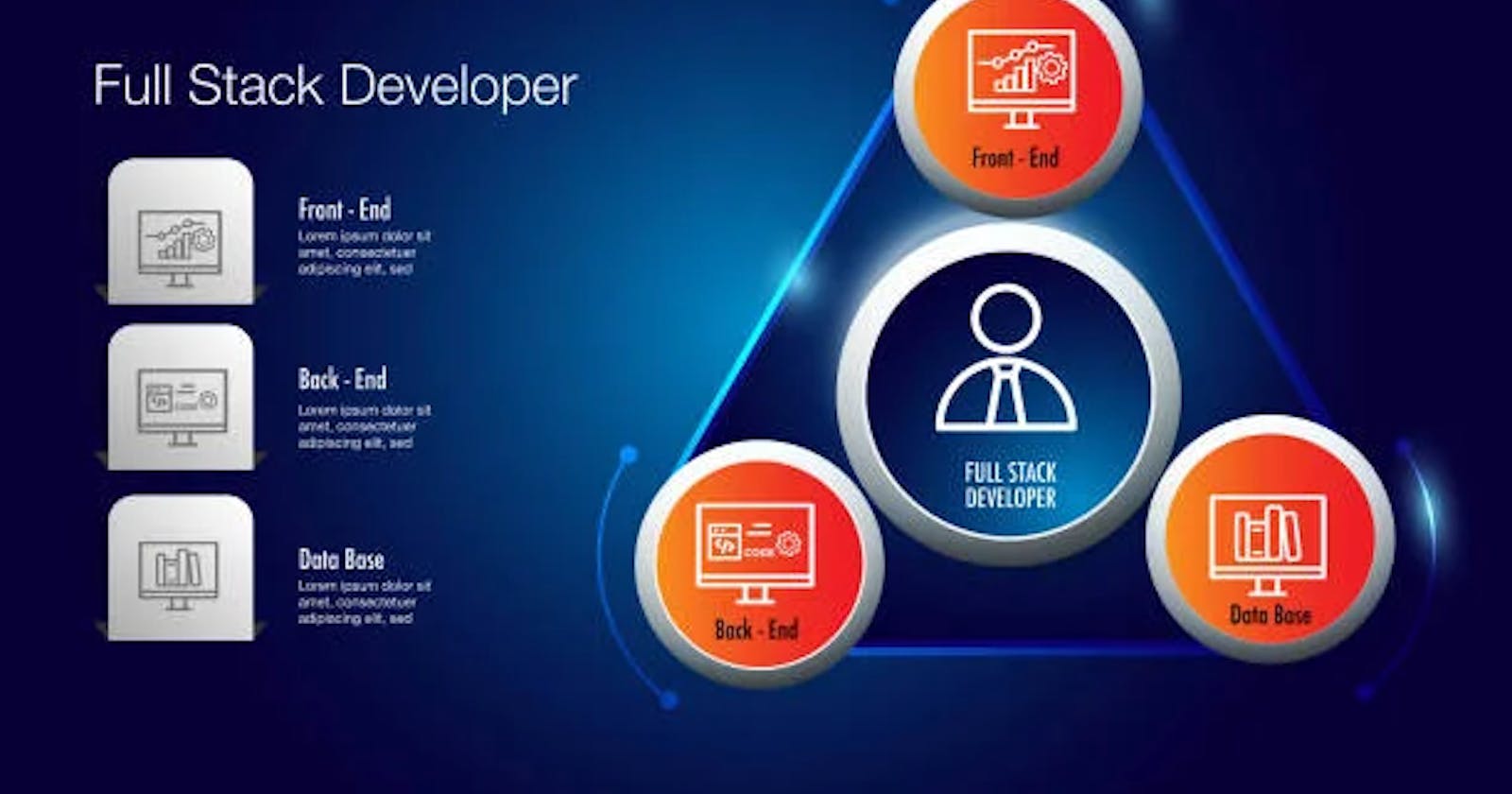In the rapidly evolving landscape of web development, the role of the full stack developer has emerged as pivotal. These versatile professionals possess a comprehensive skill set that encompasses both frontend and backend technologies, enabling them to build websites from start to finish. In this article, we will explore the journey of a full stack developer and provide valuable insights into building websites like a pro.
1. Proficiency in Frontend Technologies
Frontend development involves creating the user-facing components of a website, including layout, design, and interactivity. As a full stack developer, proficiency in frontend technologies such as HTML, CSS, and JavaScript is essential. These languages form the building blocks of the web and are used to structure, style, and add functionality to websites.
HTML (Hypertext Markup Language)
HTML provides the structure and content of web pages, defining elements such as headings, paragraphs, images, and links. As a full stack developer, mastery of HTML is fundamental for creating well-structured and accessible web content.
CSS (Cascading Style Sheets)
CSS is used to style the presentation of HTML elements, including layout, typography, colors, and animations. Full stack developers must have a solid understanding of CSS to create visually appealing and responsive web designs that adapt to different screen sizes and devices.
JavaScript
JavaScript is the programming language of the web, enabling dynamic and interactive user experiences. Full stack developers leverage JavaScript to add functionality such as form validation, event handling, DOM manipulation, and asynchronous communication with backend services.
2. Backend Development Skills
Backend development involves building the server-side logic and database components that power websites and web applications. Full stack developers should be proficient in backend technologies such as programming languages, web frameworks, and databases.
Programming Languages
Common backend programming languages include JavaScript (Node.js), Python, Ruby, Java, and PHP. Full stack developers should be proficient in at least one backend language and understand concepts such as variables, data types, control flow, functions, and error handling.
Web Frameworks
Web frameworks provide libraries and tools for building web applications efficiently. Popular backend frameworks include Express.js (Node.js), Django (Python), Ruby on Rails (Ruby), Spring Boot (Java), and Laravel (PHP). Full stack developers should be familiar with one or more frameworks and understand concepts such as routing, middleware, templating, and ORM (Object-Relational Mapping).
Databases
Databases are used to store and retrieve data for web applications. Full stack developers should have knowledge of database systems such as MySQL, PostgreSQL, MongoDB, SQLite, and Redis. They should understand database design principles, SQL (Structured Query Language), NoSQL (Not Only SQL) databases, and data modeling techniques.
3. Version Control
Version control systems such as Git enable full stack developers to track changes to their code, collaborate with team members, and manage project workflows effectively. Understanding Git concepts such as repositories, branches, commits, merges, and pull requests is essential for modern web development.
4. DevOps and Deployment
Full stack developers should have knowledge of DevOps (Development and Operations) practices and tools for automating the deployment, scaling, and monitoring of web applications. This includes understanding concepts such as continuous integration (CI), continuous delivery (CD), containerization, orchestration, and infrastructure as code.
1. Project Planning and Requirements Gathering
Before diving into coding, full stack developers should collaborate with stakeholders to understand project goals, user requirements, and technical constraints. This involves conducting research, brainstorming ideas, creating wireframes or prototypes, and defining project scope, timelines, and deliverables.
2. Frontend Development
In the frontend development phase, full stack developers focus on creating the user interface and client-side functionality of the website. This involves translating design mockups into HTML, CSS, and JavaScript code, ensuring responsiveness and accessibility, and testing the user experience across different devices and browsers.
3. Backend Development
In the backend development phase, full stack developers build the server-side logic and database components that support the frontend functionality. This involves setting up server environments, implementing business logic, integrating with external services and APIs, securing endpoints, and optimizing performance and scalability.
4. Integration and Testing
Integration is the process of connecting frontend and backend components to create a cohesive and functional web application. Full stack developers should conduct thorough testing, including unit testing, integration testing, and end-to-end testing, to ensure the reliability, security, and performance of their code.
5. Deployment and Maintenance
Once development and testing are complete, full stack developers deploy the website to production servers and monitor its performance and usage. They should be prepared to troubleshoot issues, apply updates and patches, and iterate on the website based on user feedback and changing requirements.
Conclusion
Building websites like a pro requires a combination of technical skills, creative thinking, and attention to detail. Full stack developers play a crucial role in bringing web projects to life, from concept to deployment. By mastering frontend and backend technologies, embracing best practices, and staying updated on industry trends, full stack developers can create robust, scalable, and user-friendly websites that meet the needs of modern businesses and users alike. Whether you're embarking on a Full Stack Developer course in Agra or anywhere else, the journey to becoming a proficient web developer is both challenging and rewarding, offering endless opportunities for learning, growth, and innovation in the dynamic field of web development. Through comprehensive Full Stack Development Training Courses in Agra, aspiring developers can gain the necessary skills and knowledge to excel in this exciting and ever-evolving industry.
